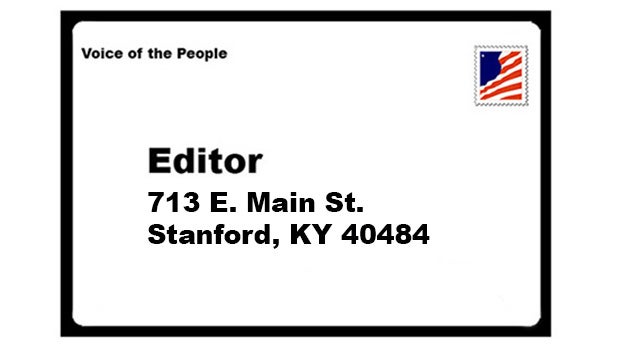Curing today’s incurable diseases begins in the classroom
Published 12:43 pm Thursday, May 23, 2019
|
Getting your Trinity Audio player ready...
|
By PAULA GRISANTI
Guest columnist
Earlier this month, for the first time in the history of space travel, a marshmallow “astronaut” named Marvin traveled to space in an experiment designed by the National STEM Scholar Program. Marvin was launched into space May 2 in a NanoLab onboard a Blue Origin New Shephard rocket from its launch facility in West Texas. A NanoLab is about the size of a full-size Kleenex box and designed with miniaturized circuitry and cameras to launch experiments briefly into space for study and problem-solving in microgravity. While this was certainly one giant step for “marshmallow kind,” it was an even more significant milestone for the middle school teachers and students across the United States who contributed to Marvin’s mission.
Marvin the Mallownaut, one of 38 payloads onboard the New Shepard, was the brainchild of Western Kentucky University (WKU) faculty members Rico Tyler and Kerrie McDaniel, who also serve as faculty for the National STEM Scholar Program – a partnership between The Gatton Academy of Science and Mathematics at WKU and the National Stem Cell Foundation (NSCF). The program itself was launched in 2015 to inspire the next generation of STEM (science, technology, engineering and math) pioneers nationwide.
Middle school engineering teams in 30 National STEM Scholar classrooms in 20 states worked to determine the maximum weight of a spacesuit Marvin could support on Earth that would be heavy enough to protect, but not crush him during liftoff and re-entry. Students then shared data between schools to predict how much acceleration a marshmallow could survive during a launch into space. The experiments addressed national science standards related to material physical properties and pressure, but perhaps most importantly, the students were fully engaged throughout: “I’ve had more engagement teaching this project than anything I’ve done in 16 years of teaching,” said Buffy Sexton, a 2018 National STEM Scholar and teacher at Meyzeek Middle School in Louisville.
According to the President’s Council of Advisors on Science and Technology, the U.S. needs approximately one million more STEM professionals than it can produce at current graduation rates – a significant challenge for infrastructure preservation, technology development, and academic research. Moreover, data gathered from Change the Equation shows that U.S. businesses don’t have – and can’t find – the STEM talent they need to stay competitive now. Lagging K-12 performance is a critical reason why.
The National STEM Scholar Program funds advanced STEM training, national network building and project support for science teachers motivating students at the tipping point of life-long science interest: middle school. Research shows that children in middle school who become excited about science are the ones who will pursue STEM courses in high school and major in STEM subjects at the technical and college level – and perhaps make the life-changing discoveries of tomorrow.
Since NSCF first partnered with Gatton four years ago, the program has brought together dozens of highly motivated middle school science teachers from across the country. Each class convenes in June on the campus of WKU for a week of advanced STEM training – and head back to their hometowns with new ideas and connections, a laptop/tablet to facilitate ongoing collaboration, a generous stipend for technology and supplies to implement a classroom Challenge Project, and sponsored attendance at the National Science Teacher’s Association (NSTA) Annual Meeting the following spring.
Our 2019 National STEM Scholar class will arrive in Bowling Green in the next few weeks. Together with their colleagues from 2016, 2017 and 2018, they represent middle schools in 23 states, from Alaska to New York and Wisconsin to Florida. The 40 Scholars to date have been selected from a total pool of almost 600 applicants from 40 states and the District of Columbia.
We believe focusing our education efforts and resources on reaching the particularly influential middle school teacher will bear fruit now and far into the future. I agree with Rico Tyler, co-director of the National STEM Scholar Program, who said, “If we don’t excite students about science in middle school now, we run the risk of being unable to fill critical, high-demand STEM jobs in the future.”
Those future STEM innovators are the ones who will make the breakthroughs and find the cures that elude us now.
We’re counting on it.
Paula Grisanti is CEO of the National Stem Cell Foundation, a 501(c)3 non-profit organization that funds adult stem cell and regenerative medicine research, connects children with limited resources to clinical trials for rare diseases, and sponsors a scholarship program for middle school science teachers inspiring the next generation of STEM (science, technology, engineering and math) pioneers nationwide. For more information, visit nationalstemcellfoundation.org.





